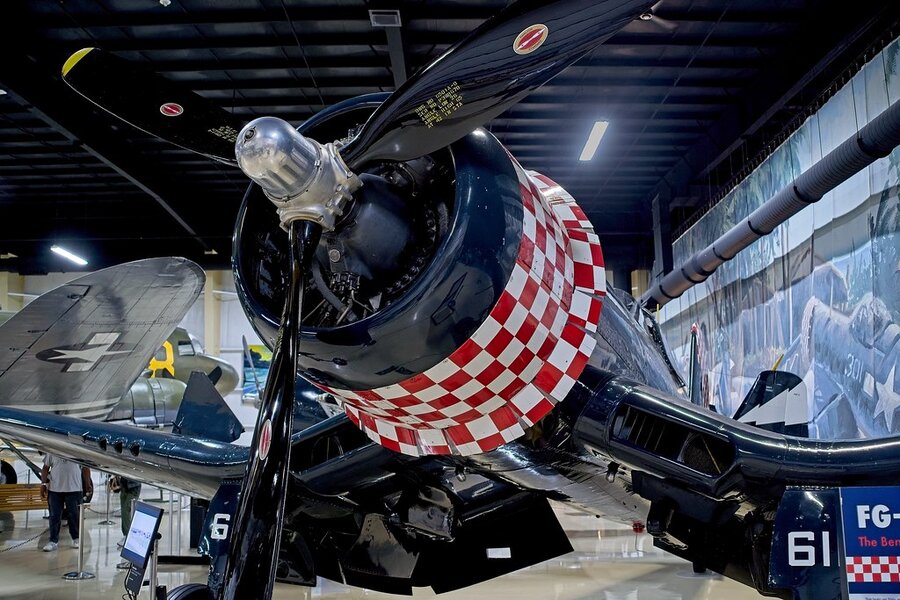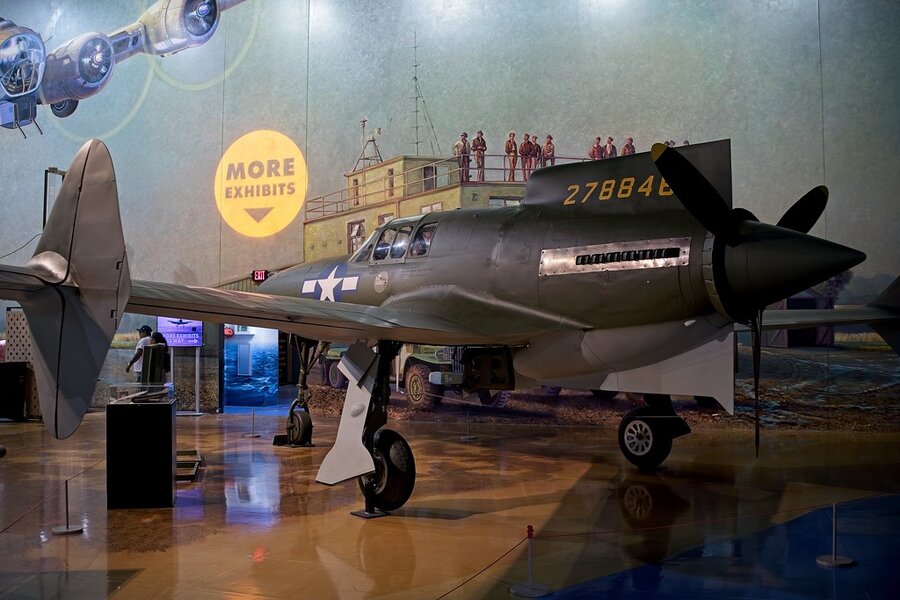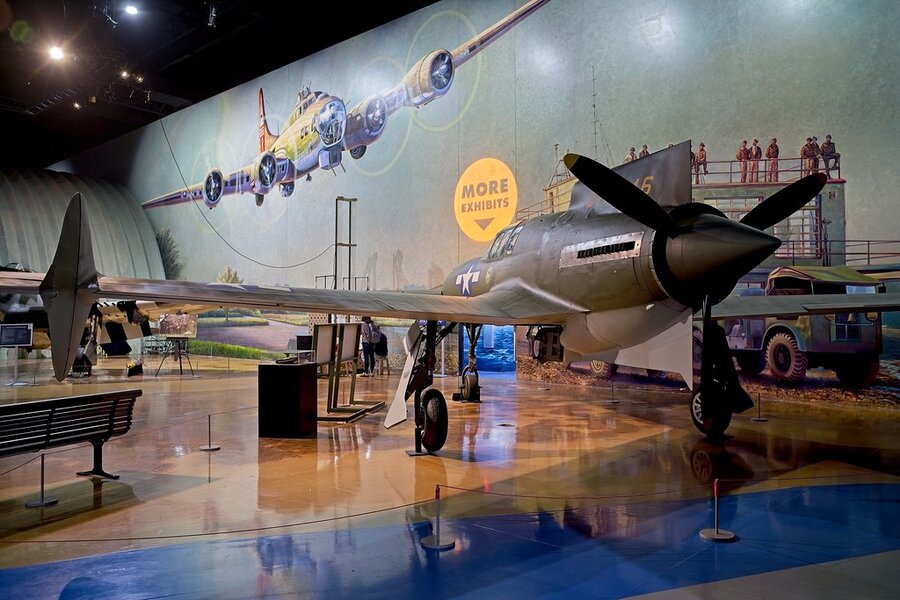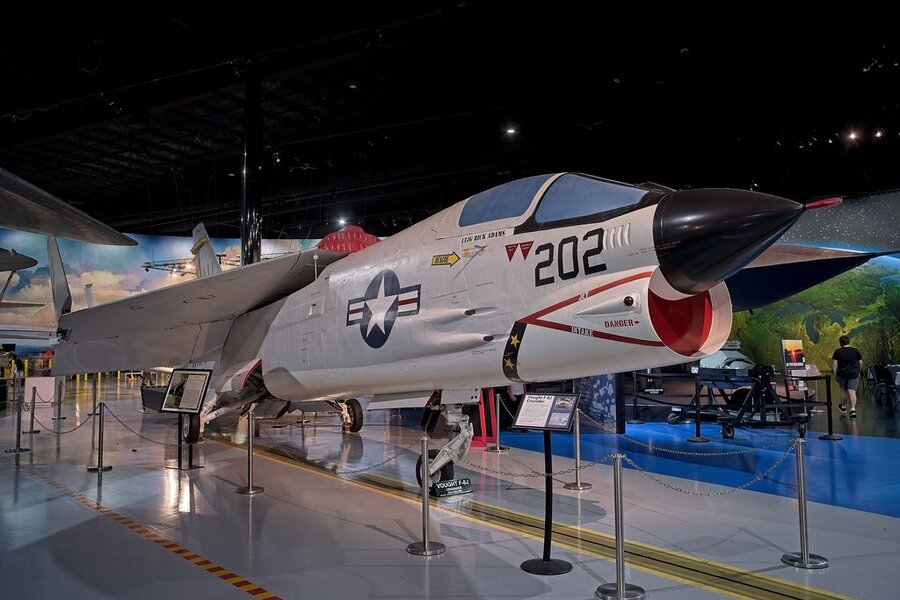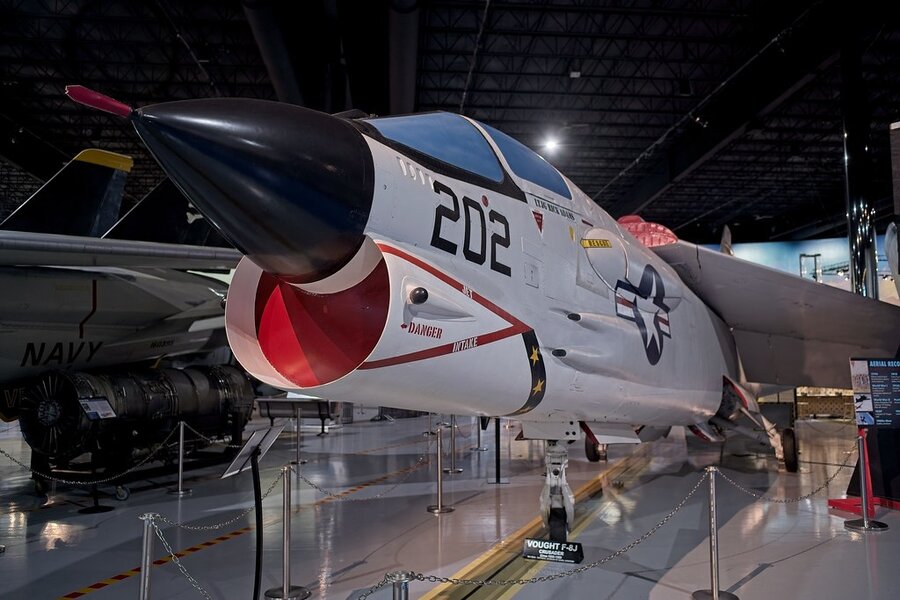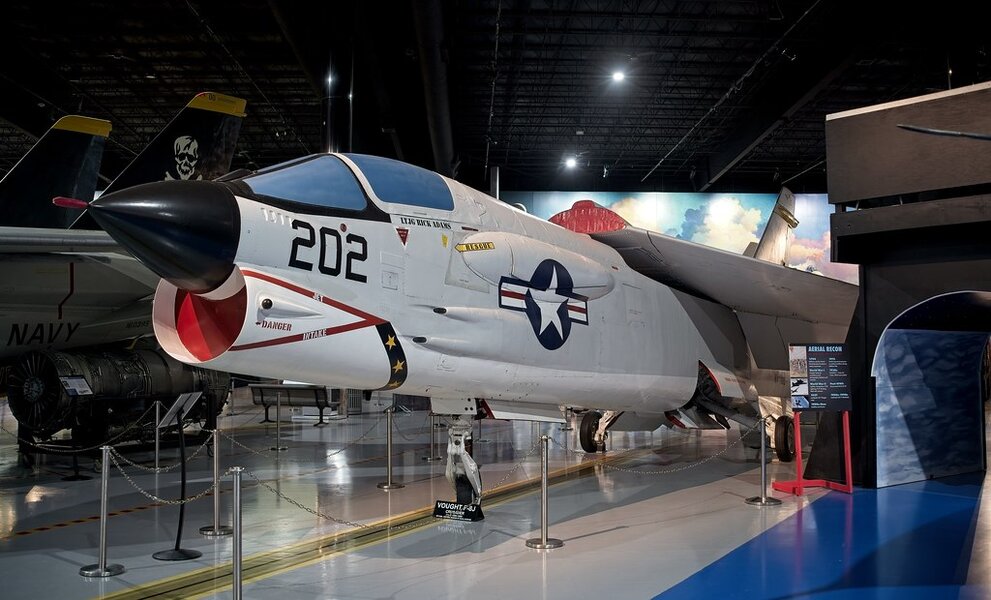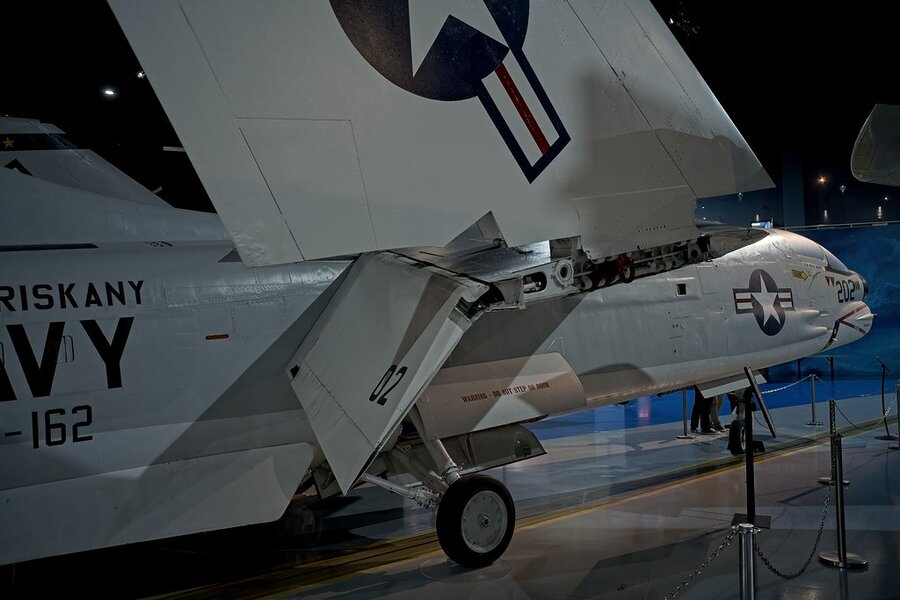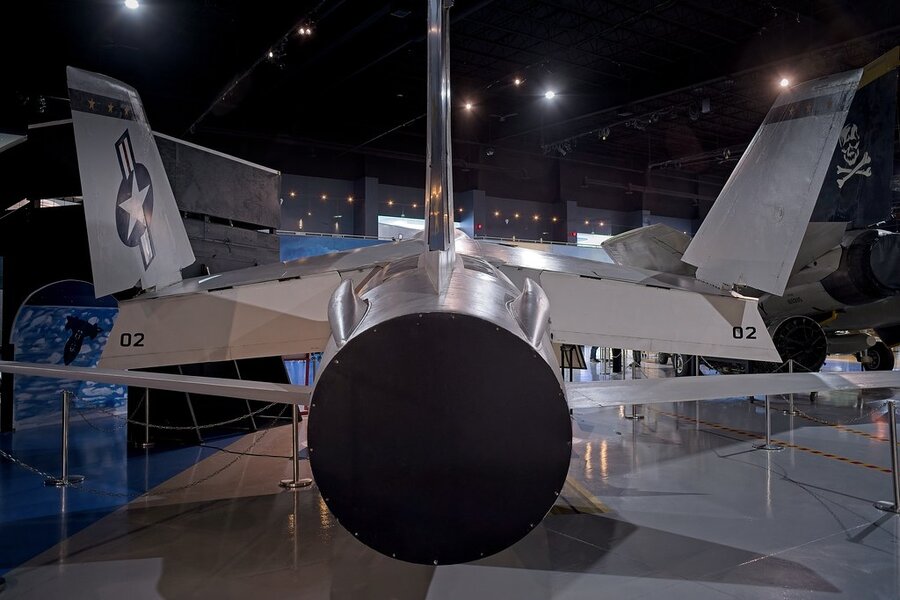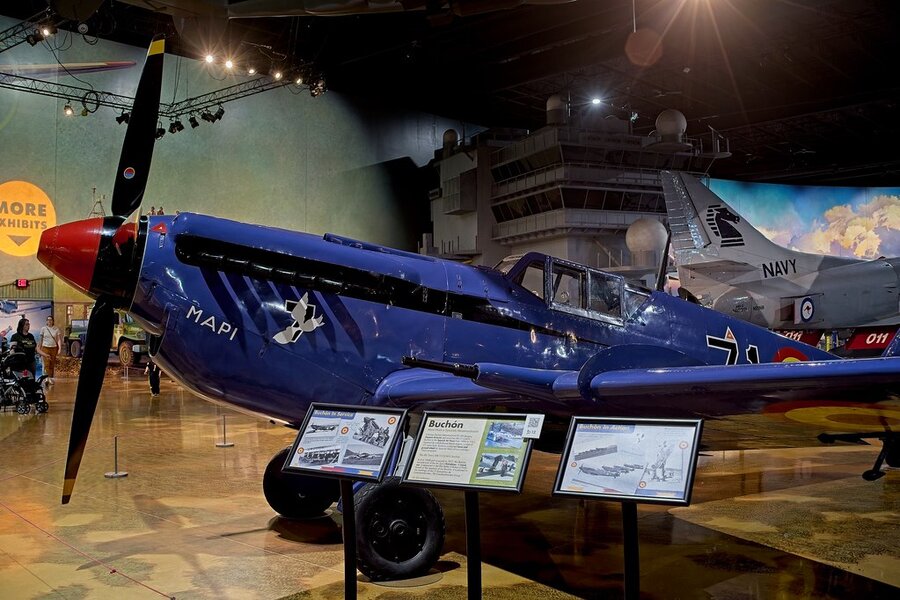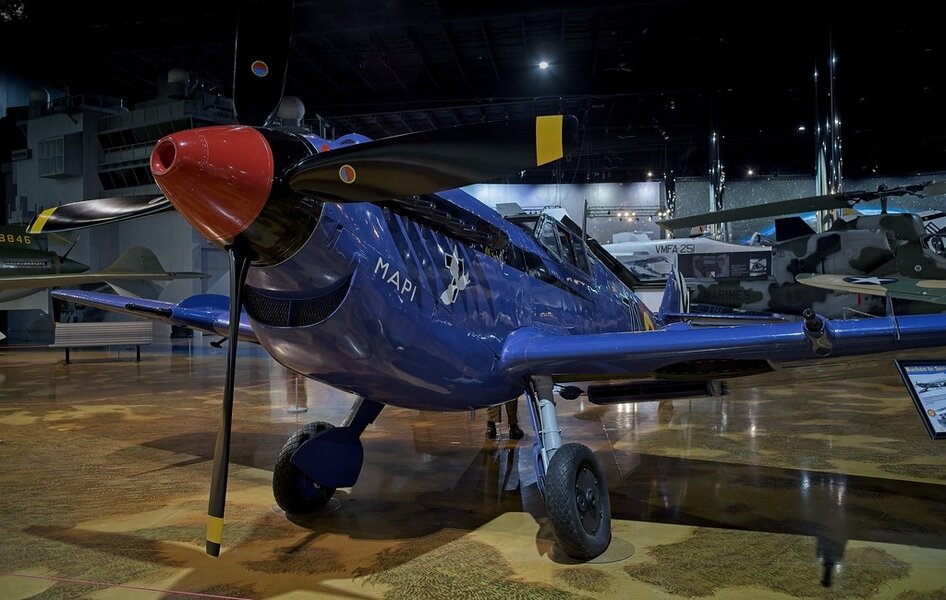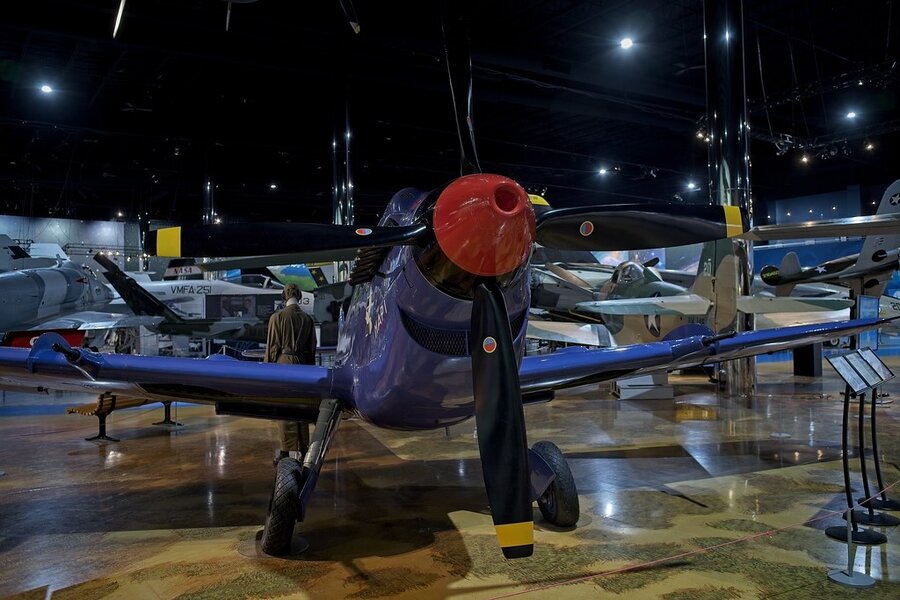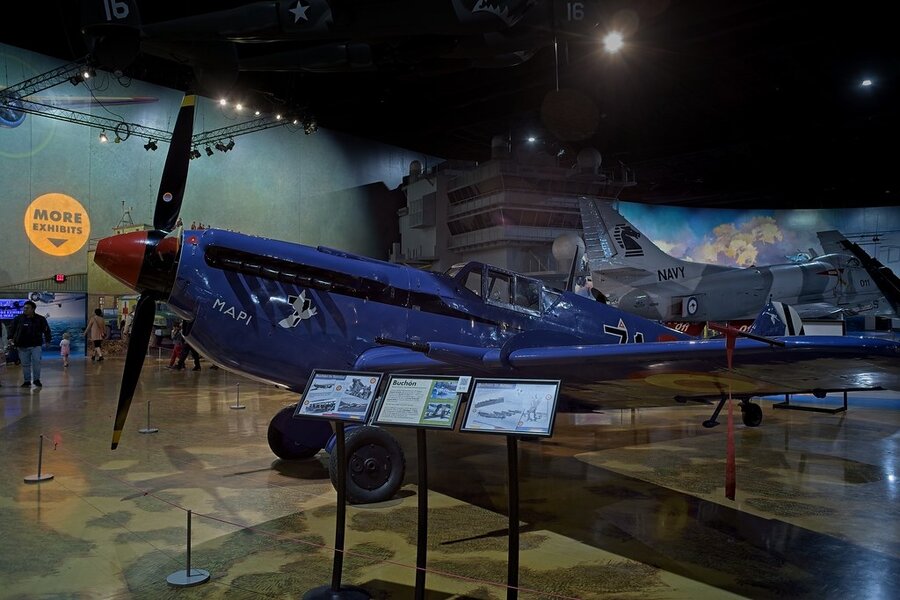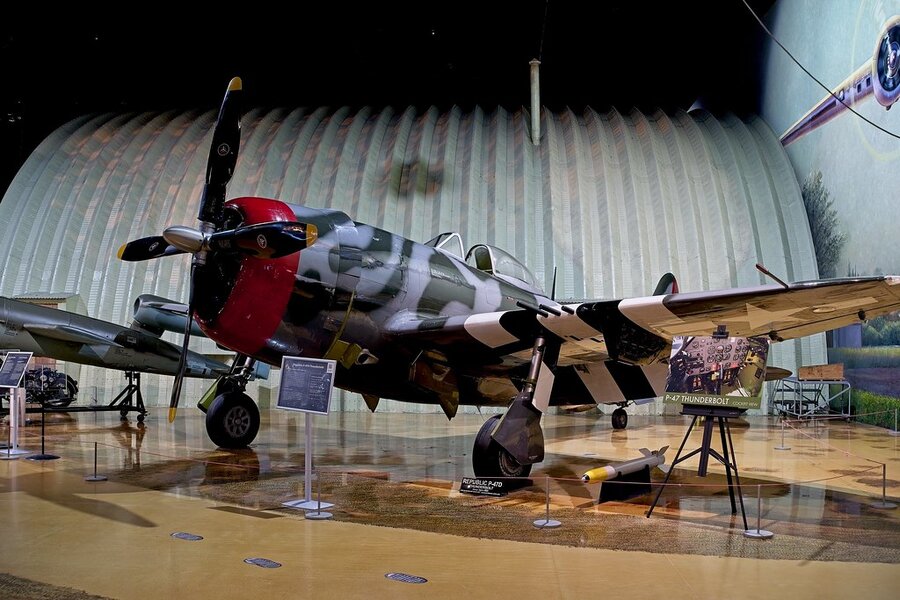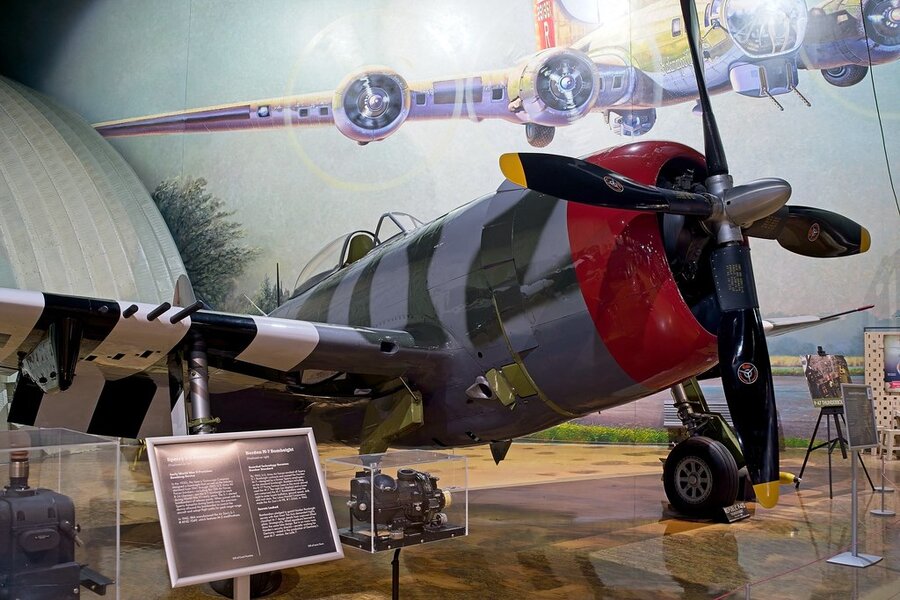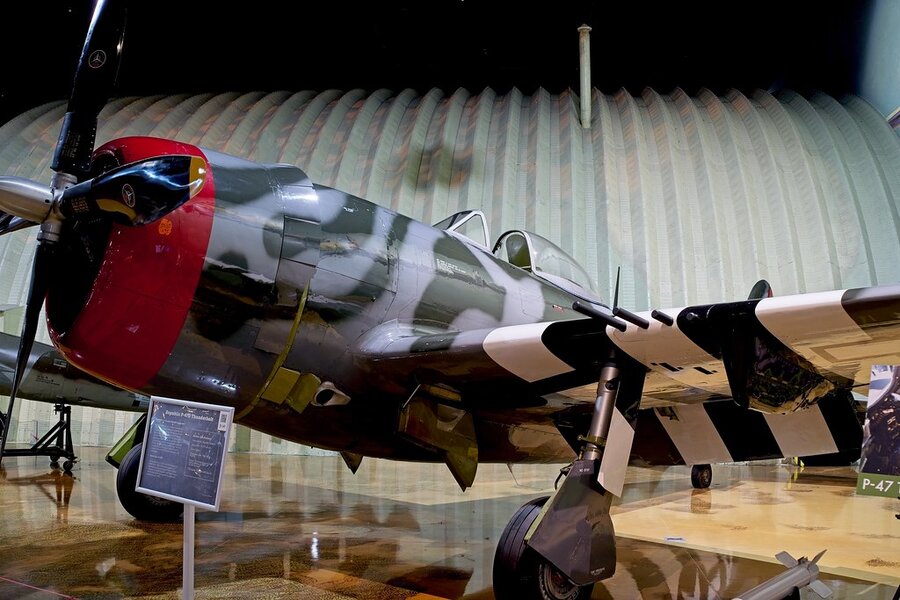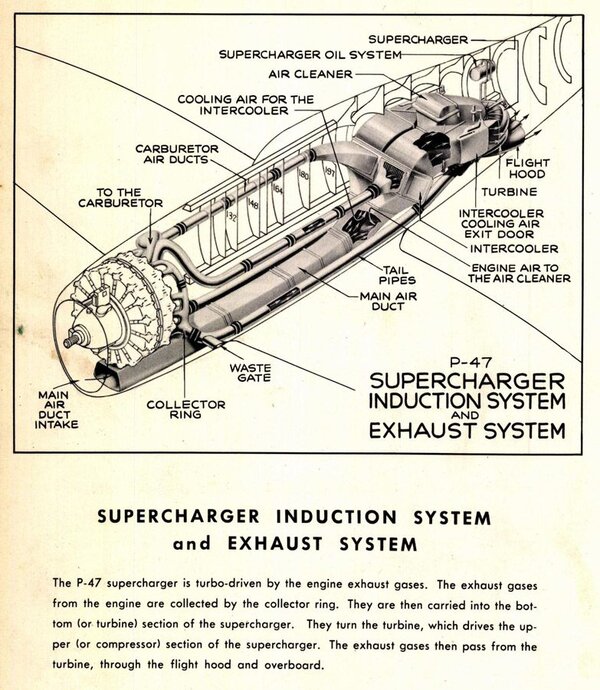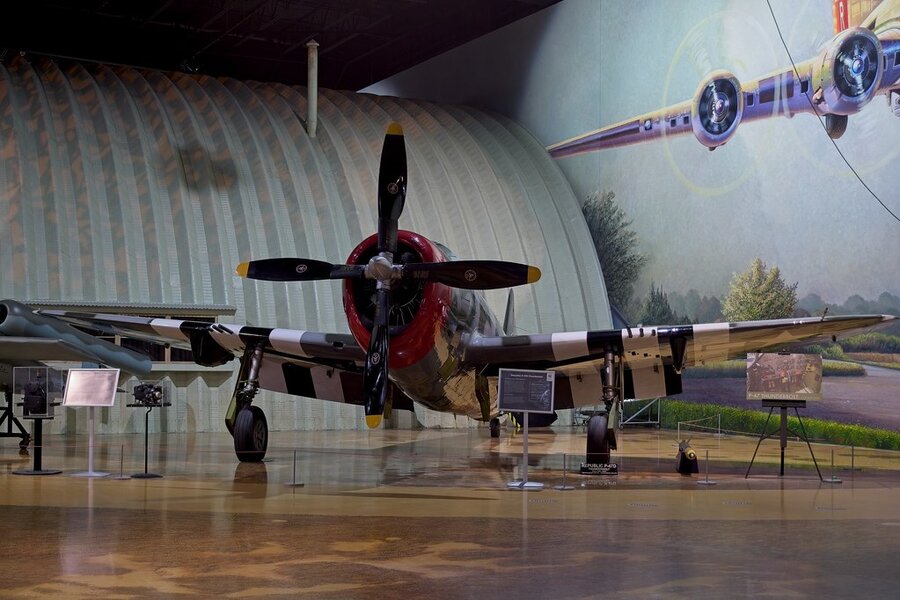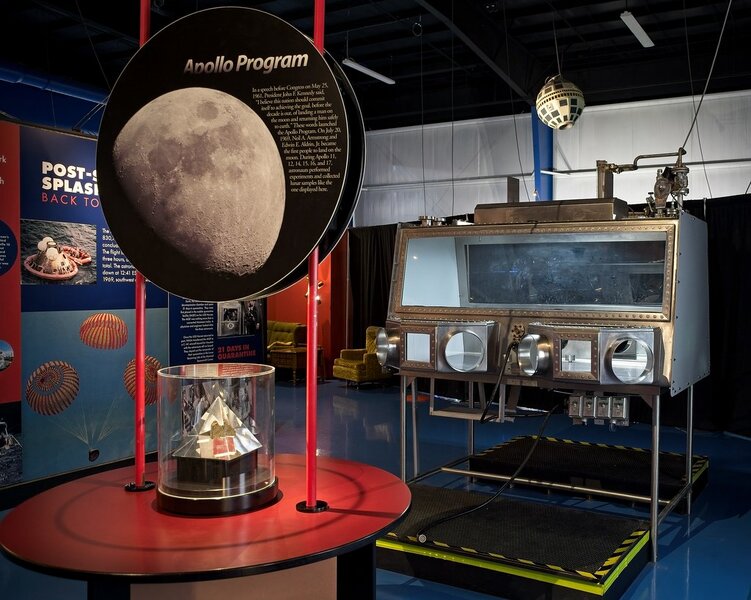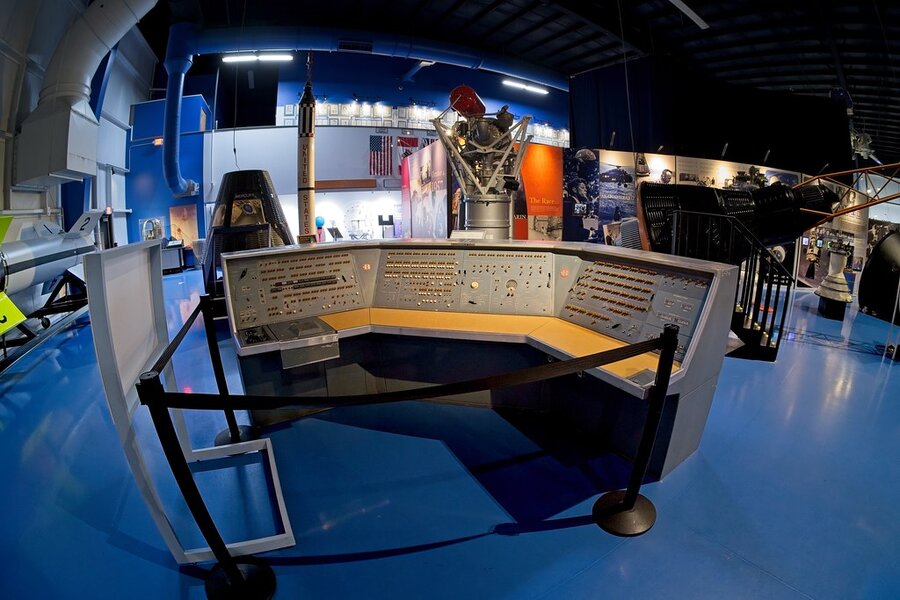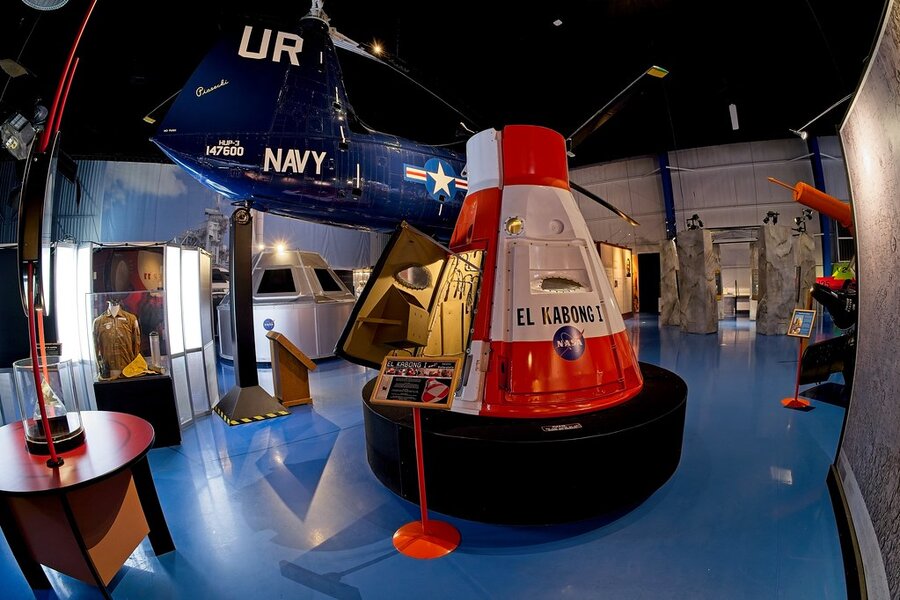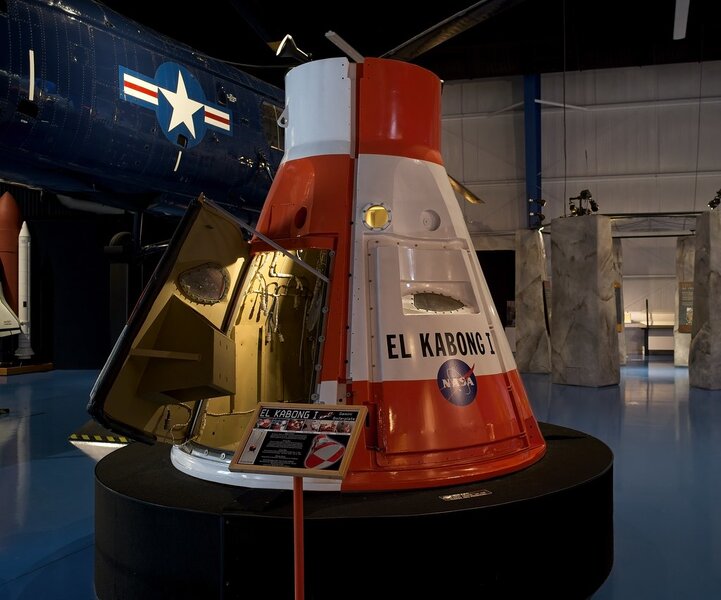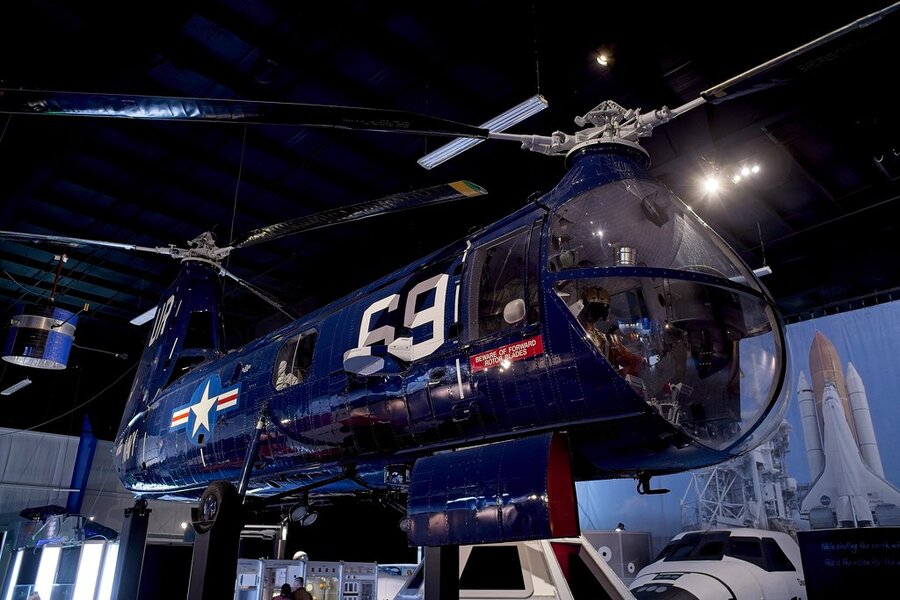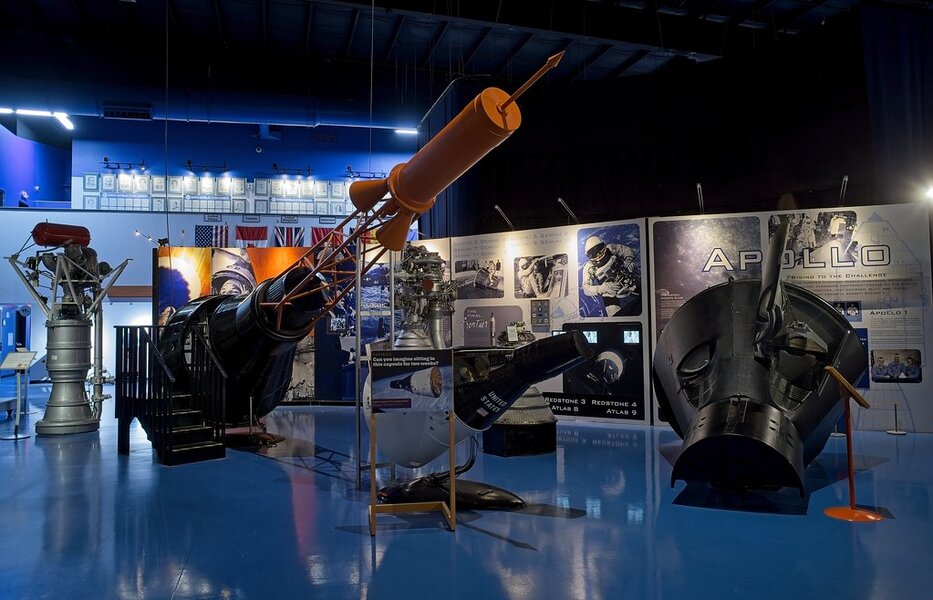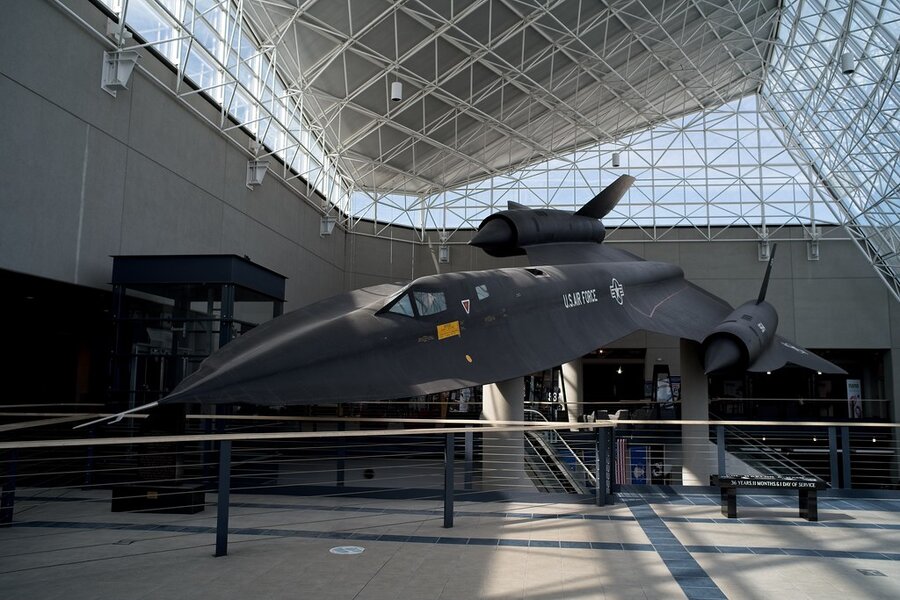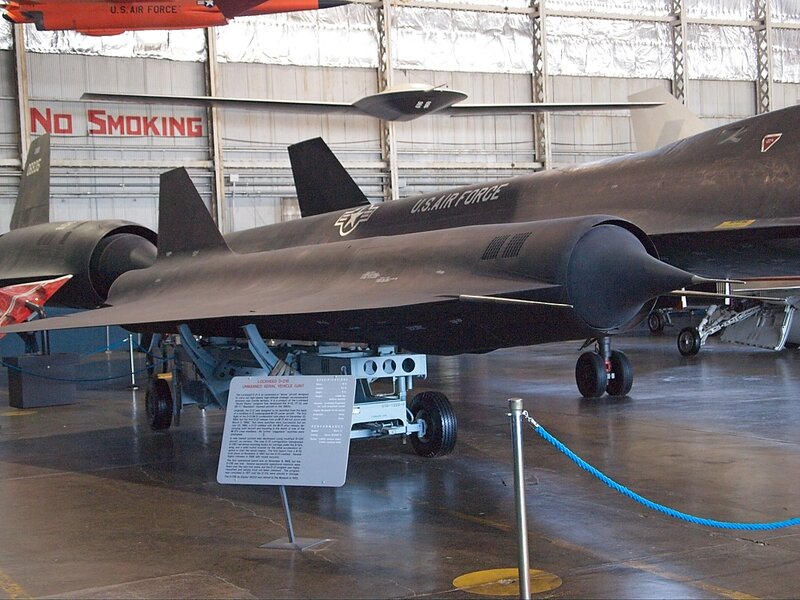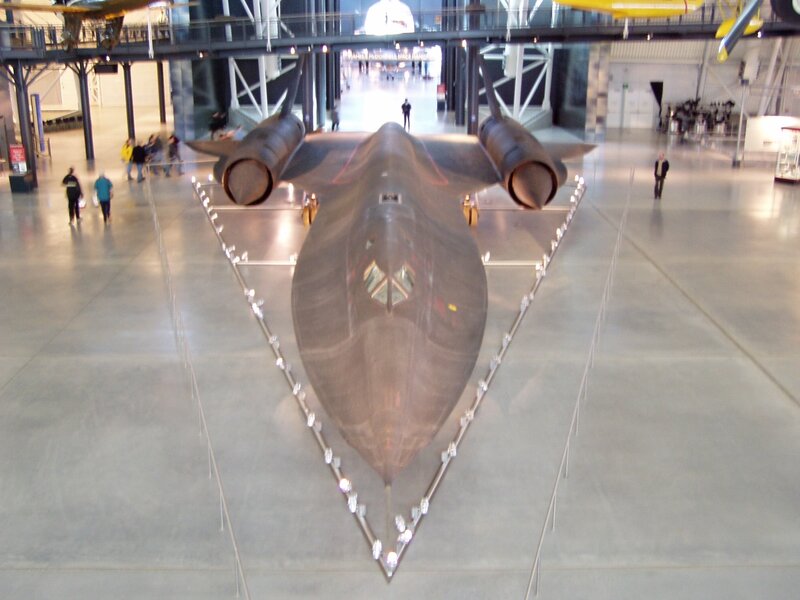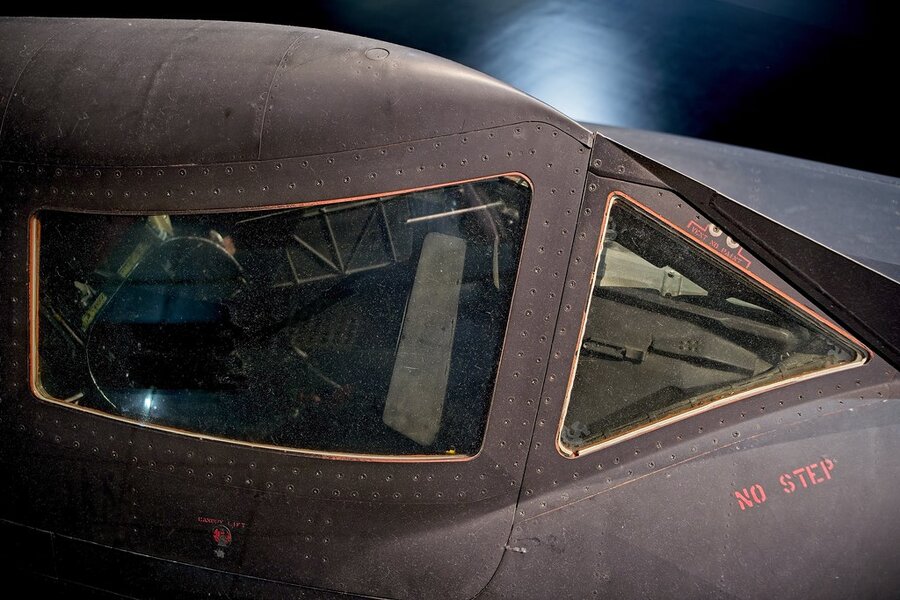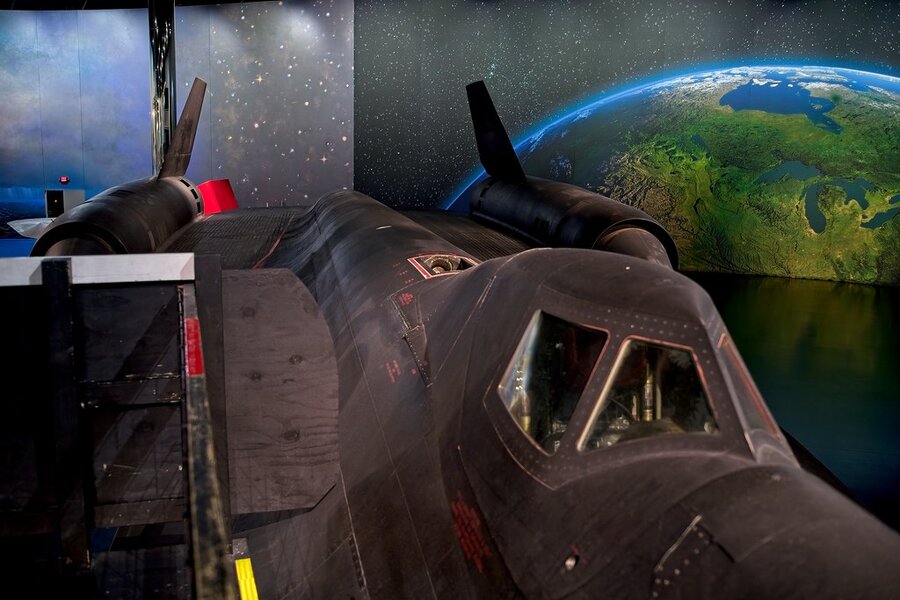Travis Butler
Well-Known Member
- Joined
- Mar 29, 2023
- Messages
- 894
One more look at childhood favorites... the F4U Corsair.
20250526-SDIM5746 by Travis Butler, on Flickr
This one I have to blame on a 70s TV show, Baa Baa Black Sheep/Black Sheep Squadron, about the group of Marine pilots led by Major Greg "Pappy" Boyington during the Solomons campaign of WWII. I'm not sure if nine-year-old me realized how cheesy it was, but the opening theme embedded itself as a 'call to action!' leitmotif at a very early age, and it stuck. Even Adult Me can appreciate how they got so many classic old planes flying for the aerial scenes.
20250526-SDIM5757 by Travis Butler, on Flickr
It did also have the unusual gull-wing design to set it apart - made it almost instantly identifiable, even for people who'd just seen the TV show.
20250531-SDIM6919 by Travis Butler, on Flickr
There's apparently a lot of people who gin up a rivalry between the Corsair and the Hellcat - they used the same engine and offered lots of points to argue about concerning which was the better plane. The Hellcat was cheaper. The Corsair had higher performance. The Hellcat was easier to fly for new pilots. The Corsair lasted longer in service after the war ended. Etc., etc., etc. I admit the Corsair got a place in my heart as a kid, but they're both great planes, and I try to value them both.
Oh, and see that engine in the middle? Remember it in a few moments.
20250531-SDIM6934 by Travis Butler, on Flickr
As the nameplate notes, this particular Corsair was built by Goodyear as a second source, because Vought couldn't produce them fast enough. Goodyear also did some of its own design work, including one of the craziest piston fighters of that or any other time.
Remember this monster engine from the B-36?
20250530-SDIM6561 by Travis Butler, on Flickr
Goodyear actually put one of these engines into a Corsair.

 en.wikipedia.org
en.wikipedia.org
It came at the end of the war, too late to go into production. Two examples survive today, and I'd love to see one of them in person.
20250526-SDIM5746 by Travis Butler, on Flickr
This one I have to blame on a 70s TV show, Baa Baa Black Sheep/Black Sheep Squadron, about the group of Marine pilots led by Major Greg "Pappy" Boyington during the Solomons campaign of WWII. I'm not sure if nine-year-old me realized how cheesy it was, but the opening theme embedded itself as a 'call to action!' leitmotif at a very early age, and it stuck. Even Adult Me can appreciate how they got so many classic old planes flying for the aerial scenes.
20250526-SDIM5757 by Travis Butler, on Flickr
It did also have the unusual gull-wing design to set it apart - made it almost instantly identifiable, even for people who'd just seen the TV show.
20250531-SDIM6919 by Travis Butler, on Flickr
There's apparently a lot of people who gin up a rivalry between the Corsair and the Hellcat - they used the same engine and offered lots of points to argue about concerning which was the better plane. The Hellcat was cheaper. The Corsair had higher performance. The Hellcat was easier to fly for new pilots. The Corsair lasted longer in service after the war ended. Etc., etc., etc. I admit the Corsair got a place in my heart as a kid, but they're both great planes, and I try to value them both.
Oh, and see that engine in the middle? Remember it in a few moments.
20250531-SDIM6934 by Travis Butler, on Flickr
As the nameplate notes, this particular Corsair was built by Goodyear as a second source, because Vought couldn't produce them fast enough. Goodyear also did some of its own design work, including one of the craziest piston fighters of that or any other time.
Remember this monster engine from the B-36?
20250530-SDIM6561 by Travis Butler, on Flickr
Goodyear actually put one of these engines into a Corsair.

Goodyear F2G Corsair - Wikipedia
It came at the end of the war, too late to go into production. Two examples survive today, and I'd love to see one of them in person.

